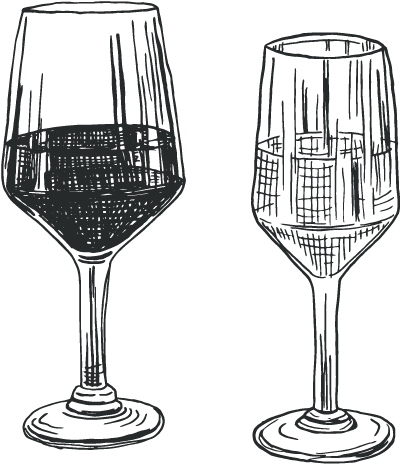Large Plates
Normandy Mussel Pot
A trip to Normandy, France to visit World War II memorials is a bucket list
A trip to Normandy, France to visit World War II memorials is a bucket list experience. Breathtaking views of white cliffs and naturally formed arches, German look out bunkers, and Omaha beach combine with nearly 10,000 brilliant white-marble tombstones that glow in memory of the Americans who gave their lives to free Europe. This is a place to enjoy quietly listening to nothing more than the waves smashing against the shore, a bird cawing here and there, and the wind whistling. Nearby, where the Seine River meets the English Channel, sits the tiny town of Honfleur. With its 16th to 18th century townhouses, quaint colorful port, and the 14th century wood vaulted St. Catherine church built by ship builders, it is easy to understand why impressionist painters were smitten with this seaside village. Rent a bicycle and pedal through unspoiled scenery. Normandy's colder and more volatile temperatures than the rest of France create ideal apple growing terroir (not so great for grapes) and is the epicenter for the world's cider production--the French just seem to ferment fruit better than the rest of the world. Stop en route to sample cider (not too much or pedaling will become impossible). Continue past kilometers of fields of dairy cows that produce the milk that make the gout-inducing Normandy cuisine famous. The grand finale of any cycling adventure in Normandy, however, should be a hole-in-the-wall stop for a steaming pot of mussels made with hard cider or apple brandy, crème fraîche, and leeks. Easy to prepare, and a wonderful journey to the coast of Normandy right from home, these delicious mollusks make a quick weeknight supper, a delicious pre dinner small plate, or a lovely addition to a New England clambake.. Breathtaking views of white cliffs and naturally formed arches, German look out bunkers, and Omaha beach combine with nearly 10,000 brilliant white-marble tombstones that glow in memory of the Americans who gave their lives to free Europe. This is a place to enjoy quietly listening to nothing more than the waves smashing against the shore, a bird cawing here and there, and the wind whistling. Nearby, where the Seine River meets the English Channel, sits the tiny town of Honfleur. With its 16th to 18th century townhouses, quaint colorful port, and the 14th century wood vaulted St. Catherine church built by ship builders, it is easy to understand why impressionist painters were smitten with this seaside village. Rent a bicycle and pedal through unspoiled scenery. Normandy's colder and more volatile temperatures than the rest of France create ideal apple growing terroir (not so great for grapes) and is the epicenter for the world's cider production--the French just seem to ferment fruit better than the rest of the world. Stop en route to sample cider (not too much or pedaling will become impossible). Continue past kilometers of fields of dairy cows that produce the milk that make the gout-inducing Normandy cuisine famous. The grand finale of any cycling adventure in Normandy, however, should be a hole-in-the-wall stop for a steaming pot of mussels made with hard cider or apple brandy, crème fraîche, and leeks. Easy to prepare, and a wonderful journey to the coast of Normandy right from home, these delicious mollusks make a quick weeknight supper, a delicious pre dinner small plate, or a lovely addition to a New England clambake.








